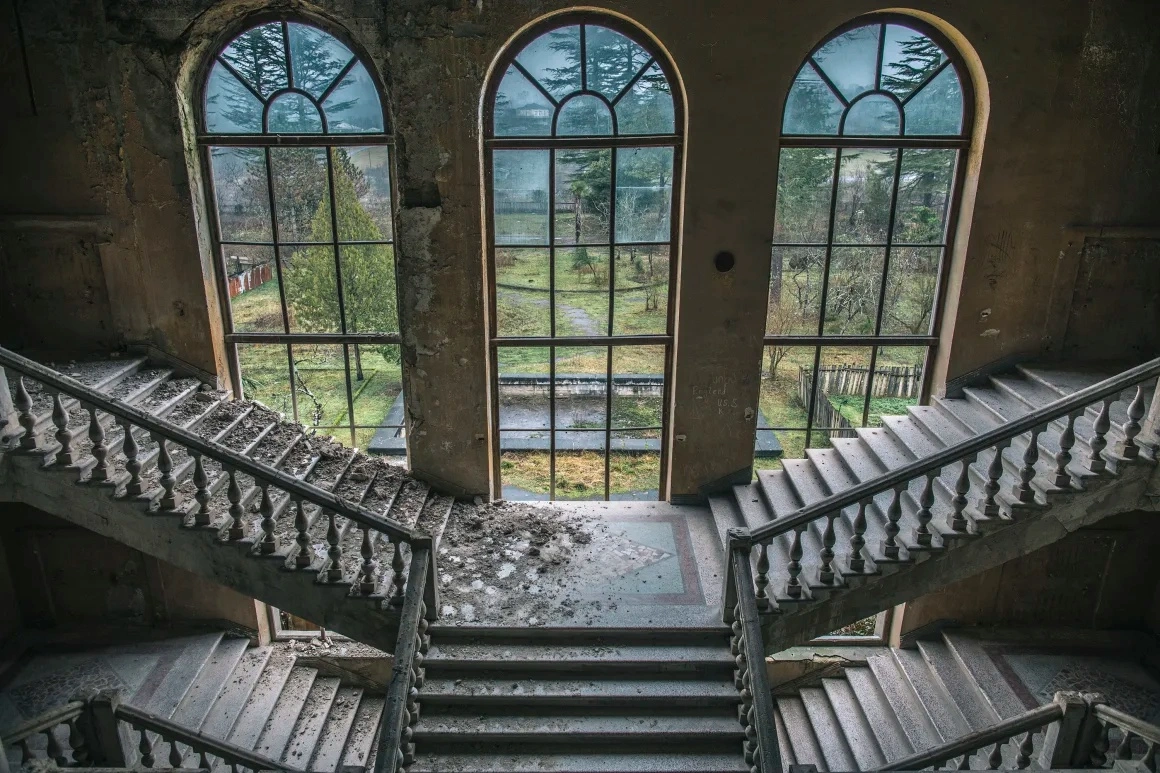Tskaltubo: What Remains When the Guests Are Gone?
There’s a moment when you walk into a half-collapsed corridor in Tskaltubo, and everything just… pauses. The vines pushing through the windows, the dusty piano sitting in a grand hall with no roof, the silence—it’s not abandonment. It feels like the past is simply waiting.
Tskaltubo, a small spa town in western Georgia, was once one of the most prestigious health resorts in the Soviet Union. Famous for its naturally warm, mildly radioactive mineral waters, it became a centerpiece of Soviet medical tourism. Starting in the 1930s, dozens of sanatoriums were built—lavish, monumental structures designed to heal the body and impress the eye. Stalin himself had a private bathhouse here.
After the Soviet collapse, the story changed. The guests stopped coming. Some buildings were looted. Others became temporary shelters for displaced families. And many simply stood still, quietly falling apart.
I’ve walked through these spaces more times than I can count. Not as a tourist, but as someone drawn to places that still breathe—just differently. Sanatoriums like Iveria, Medea, and Metalurgi each have their own mood. Some are peaceful. Some feel frozen mid-conversation.
It’s not just the architecture that pulls you in—it’s the weight of memory. These were places of healing, of control, of celebration, of ideology. Walking here, you feel it all mixed together. No need to dig for metaphors—the buildings say enough on their own.
Tskaltubo is strange, beautiful, uncomfortable, and important. If you take your time, you’ll understand why it matters—not just as a relic of the Soviet past, but as a mirror of how we treat what we once valued.



0 Comment